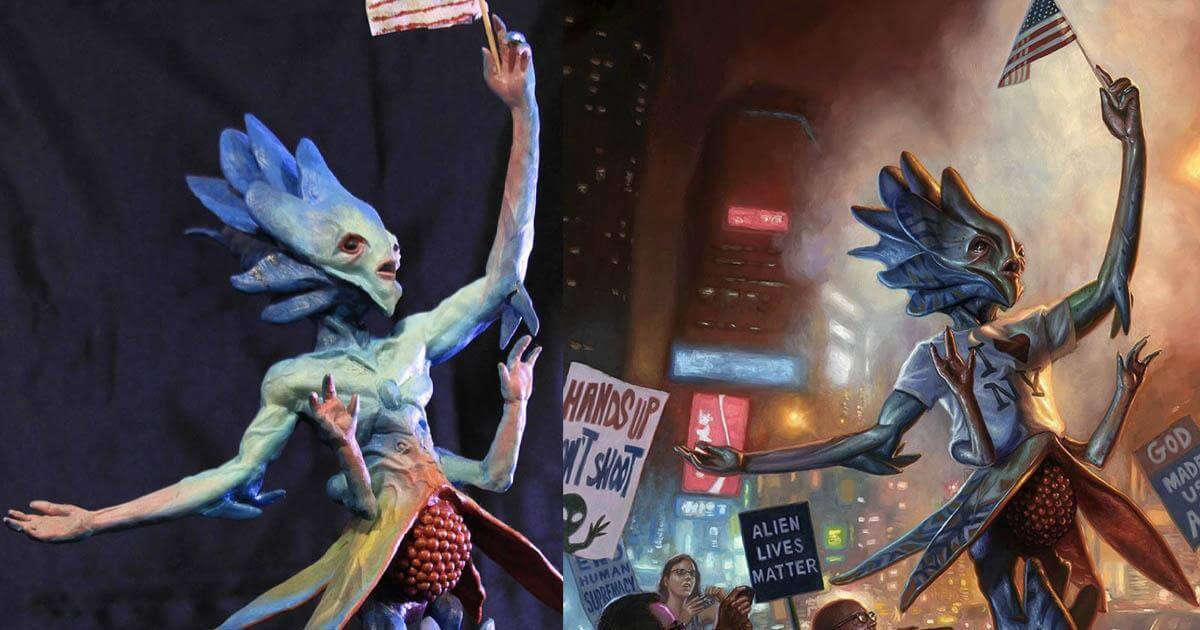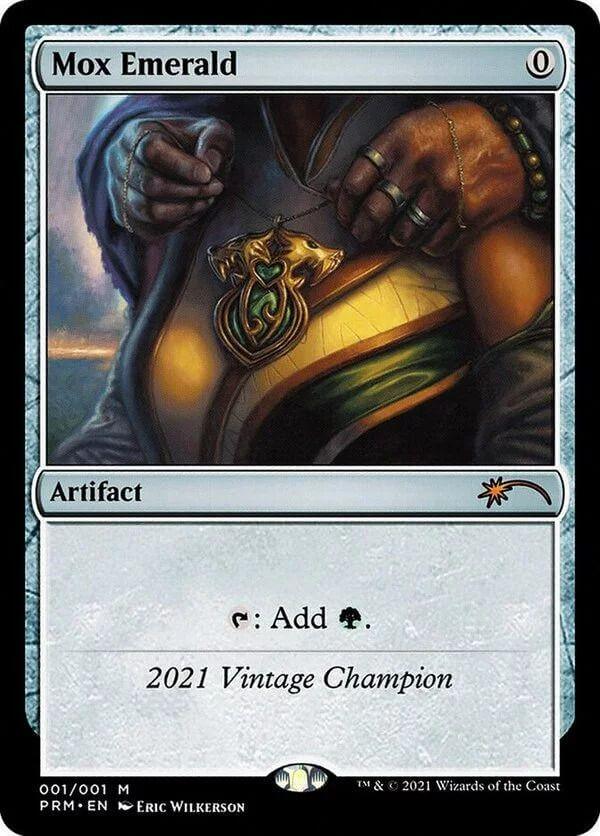Books for illustrators: review by Eric Wilkerson

Eric Wilkerson is a New York Times bestselling illustrator, 2020 Chesley Award Winner for best hardback book cover sci-fi illustration, and was also a finalist in the ARC International Salon. He is also a mentor of CG Spectrum’s digital illustration courses and has taught at the university level in the US.
Eric’s creative career spans film, TV, advertising, publishing, animation, comics, video games, and even costume design, and his client list includes Wizards of the Coast (Magic: The Gathering), Wētā Workshop, Marvel, Upper Deck, Dark Horse Comics, Scholastic, and Disney Publishing.

Eric Wilkerson’s cover art for Tristan Strong Punches a Hole in the Sky, a New York Times Bestseller (Disney Publishing)
Since Eric is using Anatomy for Sculptors books in his everyday work as an illustrator and a mentor at CG Spectrum, we asked him a few questions about them. In this blog, we’ll share Eric’s insights on what makes Anatomy for Sculptors great books for illustrators.
Q: How useful are the books for illustrators? How do you include them into your workflow?

Example of a 3D maquette used as reference, sculpted and then painted by Eric (Source: Instagram @ericwilkersonart)
Q: How essential is it for illustrators to understand human anatomy?
When specifically creating concept designs or illustrations of creatures/characters that do not exist, it is essential to understand anatomy in order to produce a high-level realistic finished product. Otherwise, you’re just guessing.

Eric Wilkerson’s illustration for a Magic: The Gathering card, which required a close-up of hands.
The wealth of information and thorough full-color breakdowns make the Anatomy for Sculptors books an invaluable resource. They feature full-color visual breakdowns, cut-throughs, and other detailed breakdowns of the human form. Form of the Head and Neck has been particularly useful.
Q: Would you recommend the Anatomy for Sculptors books for illustrators?
This book series would be most beneficial for 3D sculptors, 2D sculptors, concept artists, and anyone interested in figurative drawing or illustration.
Join our newsletter
Be the first to receive news about upcoming books, projects, events and discounts!